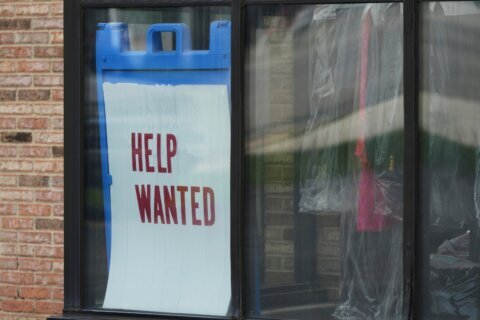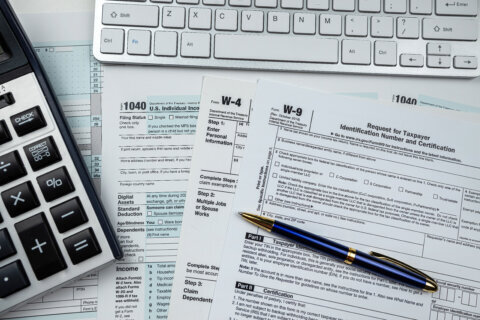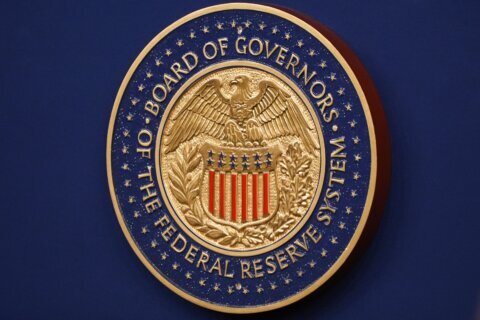A growing number of D.C. restaurants are adding surcharges to customer bills to help offset higher staffing costs and inflation-spiked jumps in food and supply expenses.
But there has been some pushback on social media over transparency of those additional charges.
They go by various names, from a processing fee to a government mandate surcharge.
The popular Twitter account Barred In DC has several threads with readers discussing surcharges.
“I think it is important that restaurants choose words so that they are accurate and truthful,” said Dan Simons, whose Founding Farmers is one of the largest Independent restaurant groups in the D.C. area. “Restaurants are figuring these things out. I’ve seen a lot of different verbiage out there. Soon enough, all of the restaurants will get to a verbiage that is accurate and that they feel comfortable with.”
His restaurants call the 5% surcharge a Restaurant Recovery Charge, and servers will automatically remove it if the customer questions it. Simons says only about 4% of diners have.
A surcharge is not universally embraced as a short-term fix to dramatically rising expenses.
Geoff Tracy’s Chef Geoff’s Restaurant Group includes two Chef Geoff’s locations, as well as Lia’s and Tortilla Coast.
“I empathize with any restaurant operator right now in terms of getting the right amount of money back into their bottom line. But it hasn’t been my choice to do surcharges because I think it is confusing to the customer,” Tracy said.
Instead, Tracy expects to raise prices in 2022 to cope with rising expenses.
“Ultimately, the consumer has to accept the fact that prices are going up because the cost of the products we are selling them is going up,” he said.
Raising prices may seem to be a straightforward solution, but there is a risk to doing it, even if the diner is able to pay more for one of their favorite meals at one of their favorite restaurants.
“It doesn’t work that way,” Simons said. “When you raise the price, sometimes by even 50 cents, they can look at that price and the psychological impact is that they choose a lower-priced item, which might mean a $15 or $16 pasta dish.”
Tracy agreed, saying that in his experience, raising menu prices by, say, 3%, does not exactly correlate into a 3% increase in sales.
The messaging to patrons also applies to restaurants who are moving to no-tipping models or automatically adding gratuity.
Nick Freshman, whose Mothersauce Partners portfolio includes The Freshman in Crystal City, adds a 15% surcharge labeled a Fair Wage Fee. It goes toward staff pay, with any additional tips pooled for all employees.
“We have tried to be as up front as possible with communication, and in fact, my email is listed on all the verbiage for people who want to know more — or want to tell me why it is an awful idea,” Freshman said.
“I think because there is little consistency place to place, customers are getting confused, and a standard of sorts is ideal if one were to emerge, but there are a lot of different opinions in our industry as to how to approach this new normal we are in,” he said.








